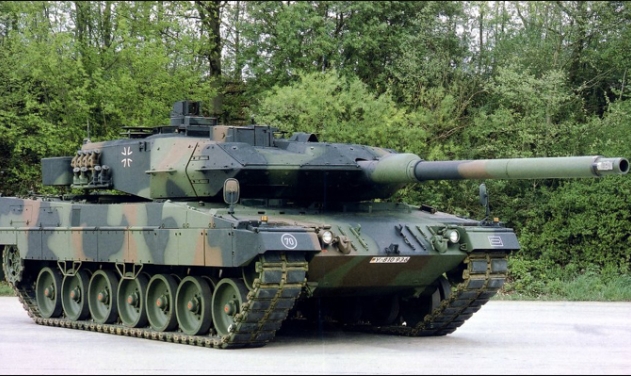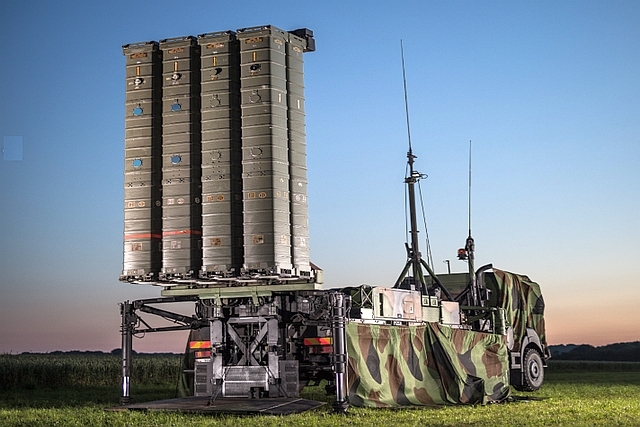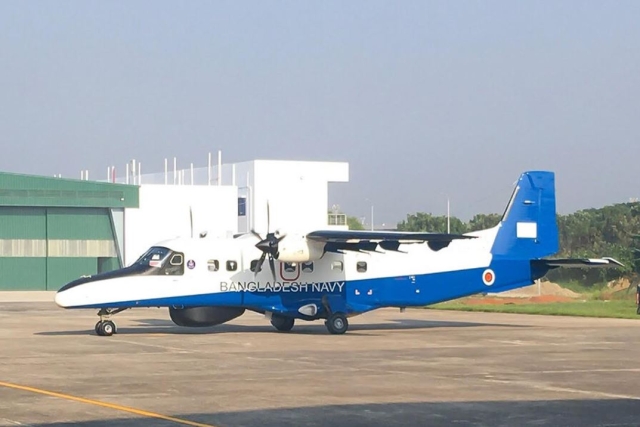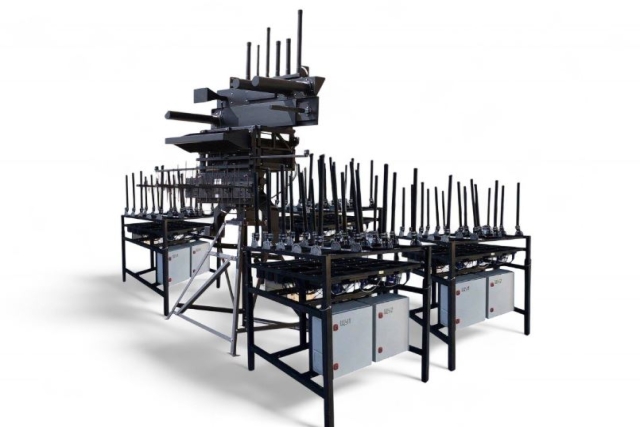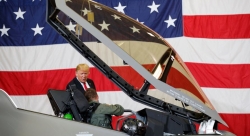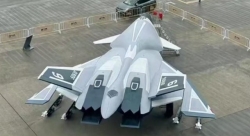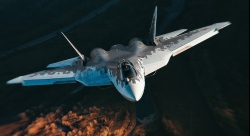New C-130J Variants To Be Built In Strike And Civilian Capability

Lockheed Martin’s workhorse, the C-130J Super Hercules, is all set for a design update that will now cater to civilian customers as well as being a strike-enabled variant.
Earlier this month, Lockheed Martin revealed that it has recently submitted a Program Notification Letter to the Federal Aviation Administration (FAA), 2014, for a type design update for its Model L-382J airplane, a civil-certified variant of the proven C-130J Super Hercules to be marketed as the LM-100J.
According to the company, the LM-100J will perform as a civil multi-purpose air freighter capable of rapid and efficient transport of cargo and is expected to be an efficient and ideal airlift solution when delivering bulk and oversize cargo particularly to austere locations worldwide.
The LM-100J incorporates technological developments and improvements over the existing L-100s at a competitive price that results from years of C-130J operational experience, including more than 1 million fleetwide flight hours. The result of this experience and advancement translates to an aircraft that will deliver reliable service in a flexible airframe for decades to come, the statement explains.
“The LM-100J is a natural expansion of the Super Hercules family. It is a modern answer to the existing, multi-tasked L-100 airlift fleet which, true to Hercules form, is a workhorse that has been a critical cargo asset for 40 years,” said George Shultz, vice president and general manager, C-130 Programs. “Our customers and legacy L-100 operators tell us that the best replacement for an L-100 is an advanced version of the same aircraft.
In addition, the civil variant LM-100J, like the C-130J, can operate from short, unprepared airfields without ground support equipment. It requires minimal material handling equipment and enables rapid onload and offload at truck-bed height.
Meanwhile, the US Air Force last week said it had tested the newly created AC-130J Ghostrider, after a year of rigorous modification maintenance carried out at its Eglin Base.
The MC-130J mobility aircraft, which arrived at the base in early January 2013, was being modified to make a C-130 prototype, having the flying proficiencies of the MC-130J and the combat capabilities of an AC-130.
"After the modification was completed, the aircraft could remain here where we could take it out for the first flight. That's why Eglin was the best choice," said Maj. Brian Taliaferro, the aircraft commander for the flight.
The hardware, Precision Strike Package was used for converting a mobility aircraft into a strike aircraft, which includes electro-optical infrared sensors, a 30-mm cannon, AGM-176A Griffin missiles, all-weather synthetic aperture radar and GBU-39 small diameter bomb capabilities.
The sensors allow the gunship to visually or electronically identify friendly ground forces and targets at any time, even in adverse weather, a statement from Lockheed Martin said.
Pairing weapons with a networked battle management system, enhanced communications and situational awareness upgrades the J-Model's ability to deliver surgical firepower.
A total of 32 MC-130J aircraft will be modified as part of a $2.4 billion AC-130J program to grow the future fleet, according to Capt. Greg Sullivan, USSOCOM Det. 1 AC-130J on-site program manager, the statement concluded.

